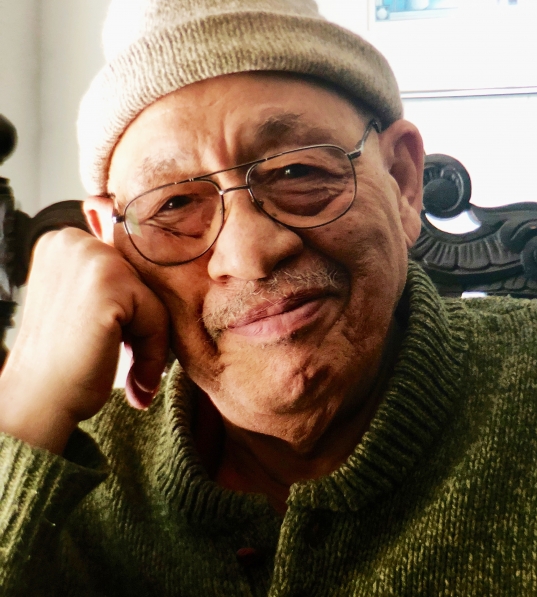SEEK and you shall find: A Search for Education, Excellence and Knowledge
The ethnic composition of New York City was changing rapidly and many believed that CUNY’s student population should reflect that reality. Importantly, CUNY’s new chancellor, Albert Bowker, who arrived in 1963, strongly espoused this view and worked with the Board of Higher Education to achieve it. He was adamant that the process move faster.

Source: Christopher Matthews Publishing.
Chancellor Bowker envisioned SEEK specifically as a major stride forward in his vision of integrating the whole university. He gave voice to this goal saying that, “I did not want a system in which all the minority students are in the community colleges, and none in the senior colleges … So, SEEK was intended in part to make sure that that didn’t happen. It happened to some extent. But … the racial divisions would have been much greater without SEEK.”
In 1966 the New York State legislature cre- ated CUNY’s SEEK program for minority students. Special state funding was ear- marked for this initiative. SEEK (Search for Education, Excellence and Knowledge) required CUNY to attract underprepared students who were economically and educationally disadvantaged and to provide them with supportive programs enabling as many as possible to continue their college journey. In effect, SEEK would grant students, who would not have met CUNY’s existing entrance requirements, admission to the university’s prestigious senior colleges.
In 1965 CCNY launched the grant-funded Pre-Baccalaureate program (later folded into the SEEK program) which enabled the college to reach out to students from “disadvantaged backgrounds,” offering them a lengthy and supportive entrance procedure. Upon acceptance into the Pre-Bac, as it became known, students would be evaluated over the course of a year or longer through special classes to determine if they were up to senior college work. With the support of Chancellor Bowker, the Pre-Bac program soon morphed into the SEEK program, and in the fall 1966 semester welcomed 1,000 minority students into CUNY’s SEEK program.


